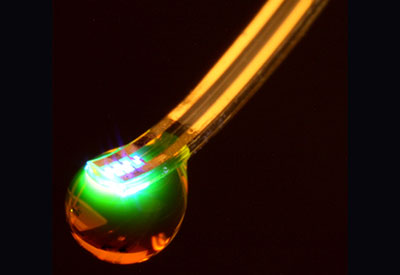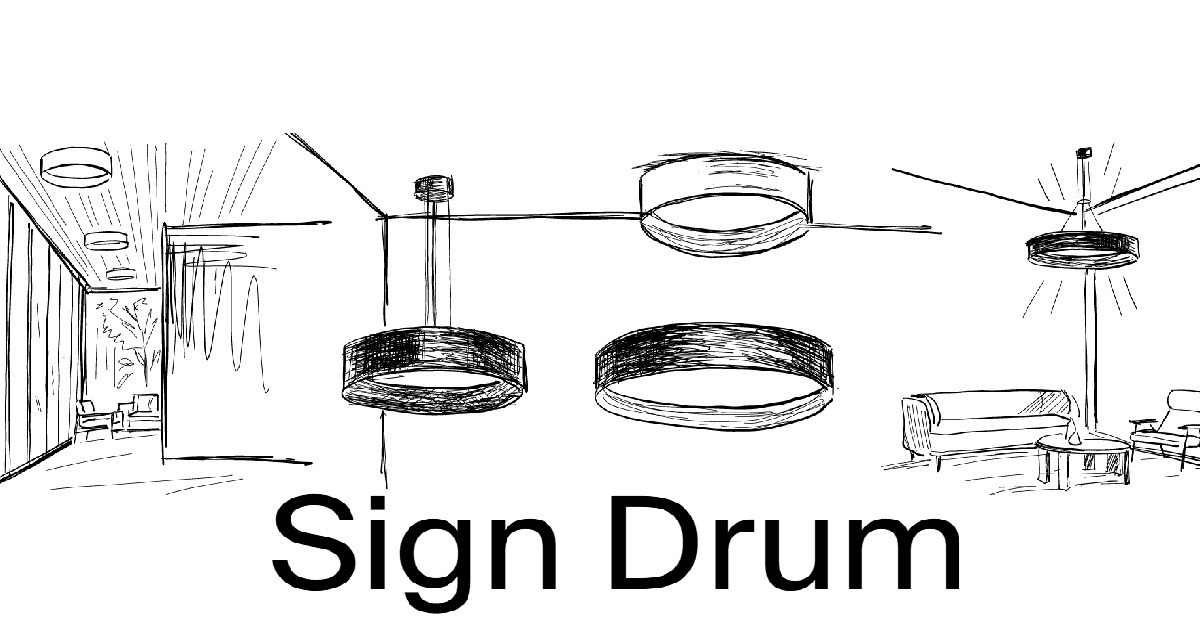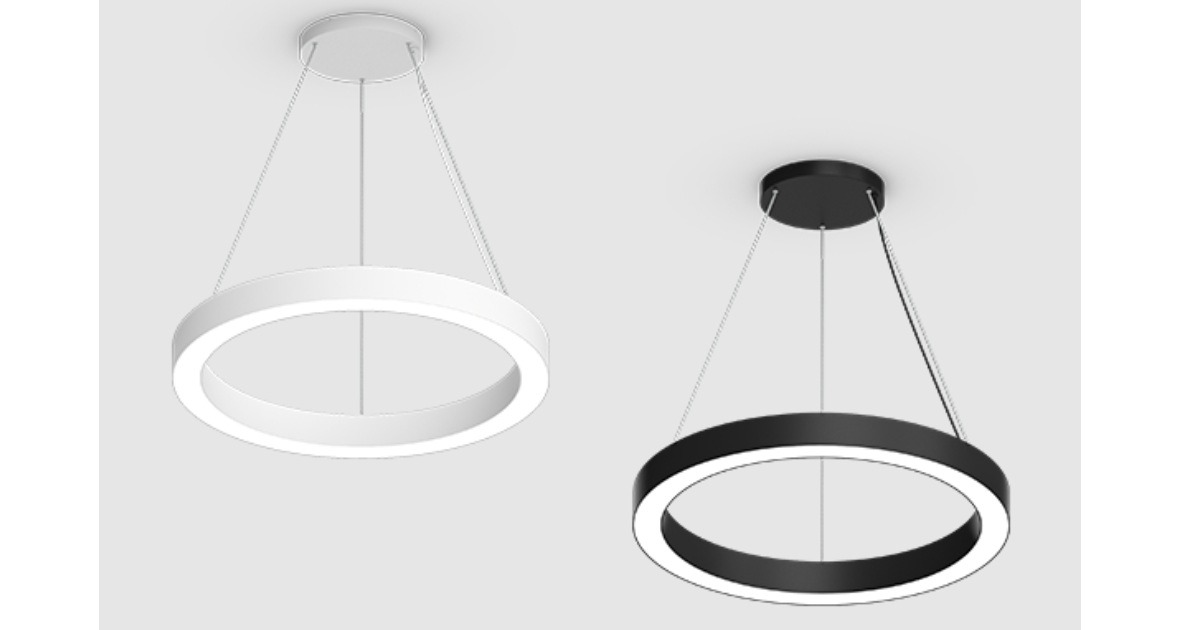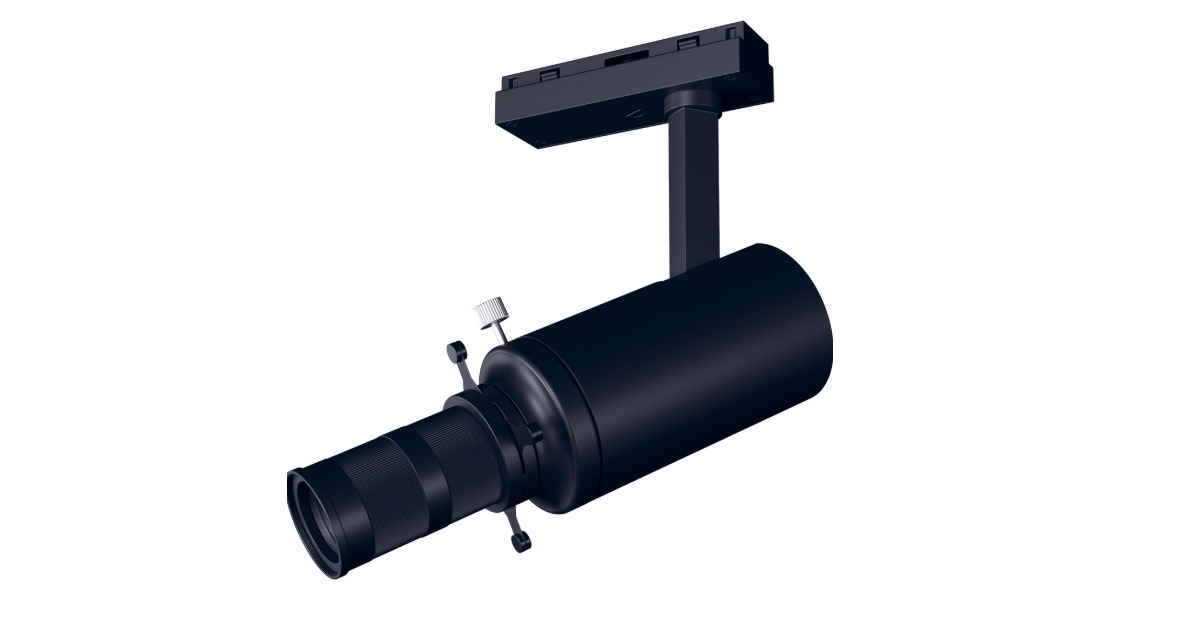Literature Review Gives LEDs Qualified Pass on Possible Health Effects

Aug 3, 2017
LED lamps and displays appear to pose no direct adverse health effects among the general healthy population, concluded a just-published literature review. However, the review found that gaps exist in our understanding of potential LED health hazards, and other population groups may be at risk. For example, exposure to LEDs and other light in the late evening may affect our circadian rhythm. LEDs may also have specific effects on young children and the elderly.
Among its findings, the review noted that
- children have a higher sensitivity to blue light, and although emissions may not be harmful, blue LEDs (between 400 nm and 500 nm) may induce photochemical retinopathy, which is a concern especially for children below three years of age
- elderly people may experience discomfort with exposure to LED systems, including blue LED displays. For example, destination displays on the front of buses may appear blurred
- reliable information on the dose-response relationship for adverse health effects among the healthy general public is not available for all wavelengths emitted by LEDs
The review was conducted by the European Commission’s Scientific Committee on Health, Environmental and Emerging Risks. Appearing below is a summary, as well as recommendations for additional research. Both have been lightly edited.
The purpose of the review was to assess potential health hazards associated with LED emissions in the general population due to LED usage.
The eye and skin are the most susceptible target organs for effects due to optical radiation, and action spectra also exist for effects on skin and eye. The type of effect, injury thresholds and damage mechanisms vary significantly with wavelength. There are several variables to be taken into account when referring to effects of optical radiation from LEDs on human health: spectrum of a LED light source; intensity of the lighting, especially in the blue part of the spectrum; duration of exposure; exposure level at the eye or skin; health of the eye or skin; direct staring without deviation versus active eye movement.
The specific safety requirements and risk assessment methods regarding photobiological hazards are contained within several safety standards. In order to assess the potential health hazards associated with LEDs, it is necessary to take into account all exposure parameters — the irradiance (the flux of optical radiation that reaches a target, distance dependent), the radiance (radiation flux leaving the source depending on emission angle, independent of distance to target), and the exposure duration.
People are exposed to optical radiation from a range of sources including different LEDs in any given 24-hour period. For many people, exposure to natural optical radiation will predominate, i.e., exposure to optical radiation from LEDs is likely to be insignificant compared with the exposure to natural light outdoors.
Potential health effects of LEDs in the general population
Published studies show that the blue light-weighted (for eyes) radiance from screens is less than 10% of the blue light photochemical retinal hazard limit, assuming viewing greater than about 3 hours (acute exposure).
The search of the literature for the long-term impact of LED emissions on human health did not identify any studies since the technology has been recently distributed on the market for the general population. Because the technology is still evolving, it is important to continue monitoring the scientific literature.
The review concludes that the available scientific research does not provide evidence for health hazards to the eye or skin associated with LEDs when the total exposure is below the international agreed exposure limits (ICNIRP). However, issues in terms of flicker, dazzle, distraction and glare may occur.
It is expected that the risk of direct adverse effects will increase if these limits are exceeded. However, there is insufficient information in the scientific literature on the dose-response relationship for adverse health effects for optical radiation exposure of the healthy general public.
In addition, no evidence was found for increased risk of photosensitivity from LED lamps when compared with other lighting technologies. Indeed, the absence of ultraviolet radiation from general LED lamps may reduce the risk of photosensitivity for a number of these conditions.
Short-wavelength light (peak around 480 nm) influences the circadian system, but the full-action spectrum for the influence of light on the circadian system is not completely clear yet as other wavelengths have an influence as well. It has been shown that normal use of LEDs or screens illuminated by LEDs during the evening can perturb the circadian system, as do other types of artificial lights. LEDs with a higher component of short-wavelength light have increased impact on the circadian system, perhaps influencing sleep quality. At the moment, it is not yet clear if this disturbance of the circadian system leads to adverse health effects. Although there is some evidence that use of screens technology into the evening may impact sleep quality, it is not clear whether this is due to the optical radiation or the activity being carried out.
In addition, LEDs do have issues in terms of flicker, dazzle, distraction and glare.
Due to the point-source nature of some LED lighting, studies have shown that the light emitted leads to discomfort and glare.
Some lamps available on the market incorporate “point” LED sources without diffusers, which can cause glare if viewed. This was also reported to be a concern with some LED street lights.
Flicker from some LED lamps can result in stroboscopic effects. There are claims by a small number people of adverse health effects such as migraine or headaches. There appear to be no technical reasons why LED lamps need to flicker since many models do not.
Potential health effects of particular LED sources (toys, car lights)
A European standard for electronic toys limits the emission of optical radiation from toys. Some LED emission spectra may induce photochemical retinopathy, which is a concern especially for children below about three years of age.
LEDs are used in virtual reality headsets where the screen is very close to eyes. However, the luminance of the source is very low and the exposure limits are not likely to be exceeded. The reported disorientation and nausea after extended use of these headsets is likely to be due to motion sickness rather than the optical radiation emitted by the screen.
The review is concerned about the high-luminance exterior sources used on some vehicles. Current examples appear to be blue-rich, which increases glare and scattering, particularly for older observers. The internal car lighting with LEDs that has replaced standard incandescent bulbs has emission levels that will result in exposures significantly below internationally agreed exposure limits. However, some exhibit pulsed emission modes that can result in phantom arrays when the head or eye is moved quickly. Such effects can be distracting. Distraction, dazzle and glare effects do not result in direct harm to the eye, but there could be consequences if the person exposed is carrying out a safety-critical task, such as driving.
Susceptible groups
As the eye ages scattering may increase. This is a particular problem for blue light. Therefore, older people may experience discomfort problems with exposure to LED systems, not clearly seeing the blue LED displays (such as destination displays on the front of buses). People with degenerative and vascular disease of the retina may be more susceptible to harm from LEDs than the general population, but the risk is considered similar to that from other lighting sources with similar emission characteristics.
Although emissions from toys may not be harmful, blue LEDs may be very dazzling for young children.
Additional aspects to consider
The worst-case viewing condition is generally on axis viewing of an LED source, for example staring at a screen or an LED lamp. If a source is safe for viewing on axis it will be safe under all other viewing conditions at the same distance.
Flashing LED sources in the peripheral vision are more likely to cause distraction than those on axis. LED lamps used for area illumination are usually more energy efficient than other sources, e.g., incandescent lamps. For the same colour temperature, the blue light component of the optical emission is similar to an incandescent lamp. However, the infrared (and possible ultraviolet emission) will be greatly reduced or absent, which might influence the normal bioprocesses in humans. This aspect is still under investigation.
Recommendations for future work
The review of the published research conducted by the review has led to valuable conclusions and identified certain gaps in knowledge on potential risks to human health from LEDs. These gaps could be partially filled if further research would be carried out to elucidate unresolved problems as follows.
Effect on the eyes
There is insufficient knowledge about the actual exposure of people to optical radiation from LED sources and the total exposure from all optical radiation sources — information about the exposure of the general healthy population is needed for assessing the potential health effects. It is suggested that the exposure assessments should consider different age groups, i.e., babies, young children, adolescents, and adults into old age. It was recognized that early-to-market LED lamps had a significant blue emission.
Further research is going into improving LED lamps to make them similar to traditional types of lighting, such as incandescent lamps. The current EN 62471 standard does not take account of population groups particularly sensitive to blue light, hence there are no specific recommendations for population groups whose natural mechanisms for filtering blue light are diminished (children, aphakics and pseudophakics). However, it is recognized that the exposure of the general population to optical radiation from LEDs is likely to be insignificant compared with the exposure to natural light outdoors, but any additional health burden needs to be considered.
High luminance, flicker, phantom array and stroboscopic effect are other factors relevant to risk assessment that need to be addressed in further studies. In particular, are some population groups particularly susceptible to modulated emissions from LED lamps, either due to the design of the LED drive circuit or through the use of dimming circuits? The use of high luminance vehicle lighting should be investigated to determine if there are potential adverse consequences for increased accident rates.
Cumulative exposure over a 24-hour time period should be considered, and further research should be done into the reported effects of long-term, low-level exposure on age-related macular degeneration.
Effects on healthy skin
Depth of skin penetration is primarily dependent upon the wavelength of the optical radiation. Research should be carried out on heat effects on the skin and the relation to skin cancer, if the use of infrared saunas/warming cabinets incorporating infrared LED sources are established. In addition, exposure and dose levels for the induction of effects for patients with certain photodermatoses should be investigated.
Circadian system
An important question is whether optical radiation from LEDs and artificial light in general, which is present in indoor lighting and screens, will have an effect on the circadian system in real life compared to natural light sources. Research will need to consider the wavelengths of emission, time of day and duration of exposure, any confounding factors, such as the activity being carried out, prior light history and the age of subjects.
Secondly, it is currently unknown if the effects on the circadian system remain, enhance or reduce after repeated and ultimately after chronic exposure, such as currently occurs in real life. Moreover, it remains to be investigated if the potential disturbance of the circadian system, caused by LEDs and/or artificial light, is related to negative health effects, as appear to occur due to other circadian disturbances such as shift work.
Read the entire report: https://ec.europa.eu/health/sites/health/files/scientific_committees/scheer/docs/scheer_o_011.pdf












